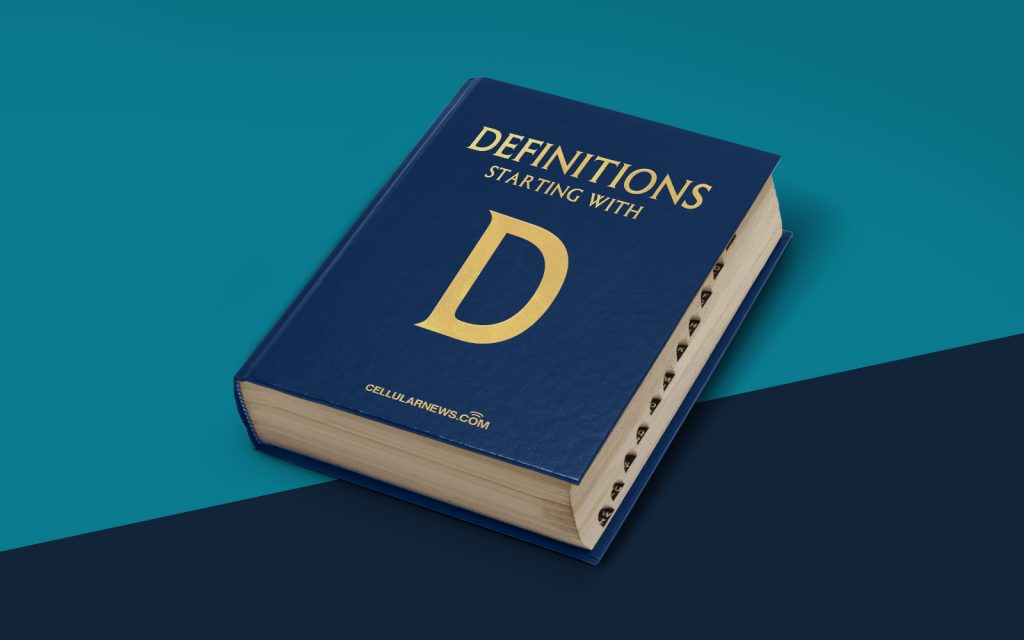
What is Digital To Analog Conversion (D/A)?
In the world of technology, we often hear terms like digital, analog, and conversion. But what exactly is digital to analog conversion, and why is it important? In this blog post, we will explore the concept of digital to analog conversion (D/A) and its significance in various applications.
Key Takeaways:
- Digital to analog conversion is the process of converting digital signals into analog signals.
- This conversion is vital in various applications where analog signals are required, such as audio playback, video presentation, and telecommunications.
So, let’s dive into the fascinating world of digital to analog conversion!
Understanding Digital To Analog Conversion
In simple terms, digital to analog conversion (D/A) is the conversion of digital signals, which consist of discrete values (0s and 1s), into analog signals, which are continuous and can take any value within a given range. This conversion enables the representation and transmission of digital information, such as audio and video, in a format that can be understood by analog devices.
Here’s a step-by-step breakdown of the digital to analog conversion process:
- Analog-to-Digital Conversion: Before digital to analog conversion can occur, the original analog signal must first be converted into a digital signal. This process is known as analog-to-digital conversion (A/D). The analog signal is sampled at regular intervals, and each sample is assigned a binary value based on its amplitude.
- Binary Representation: The digital signal obtained from the A/D conversion consists of discrete binary values. Each binary value represents the amplitude of the original analog signal at a specific point in time.
- Quantization and Coding: In this step, the binary values are quantized and coded to convert them into a suitable format for D/A conversion. Quantization involves reducing the number of possible amplitude levels, while coding assigns bit patterns to represent each quantized level.
- Digital-to-Analog Conversion: Once the binary values are quantized and coded, they can be converted back into an analog signal. This is achieved using various techniques, such as pulse-width modulation (PWM), pulse-density modulation (PDM), or digital-to-analog converters (DACs).
Applications of Digital To Analog Conversion
The conversion of digital signals to analog signals is crucial in several applications. Here are a few common examples:
- Audio Playback: When you listen to music on your smartphone or any other digital audio device, the digital audio files are converted into analog signals to produce sound through speakers or headphones.
- Video Presentation: In devices like televisions and computer monitors, digital video signals are converted into analog signals to display images and videos on the screen.
- Telecommunications: Analog signals are still widely used in telecommunication systems, such as traditional telephone networks, where the voice signals need to be converted back and forth between digital and analog formats.
Conclusion
Digital to analog conversion is a fundamental process that allows digital information to be represented and transmitted in a format compatible with analog devices. Understanding this conversion is essential for comprehending the workings of various technologies we use daily. Whether you’re listening to music, watching videos, or making a phone call, digital to analog conversion plays a vital role in delivering a seamless experience.
Next time you enjoy your favorite song or stream a video online, remember that behind the scenes, digital to analog conversion is at work, transforming digital signals into the rich analog signals that bring our media to life!
